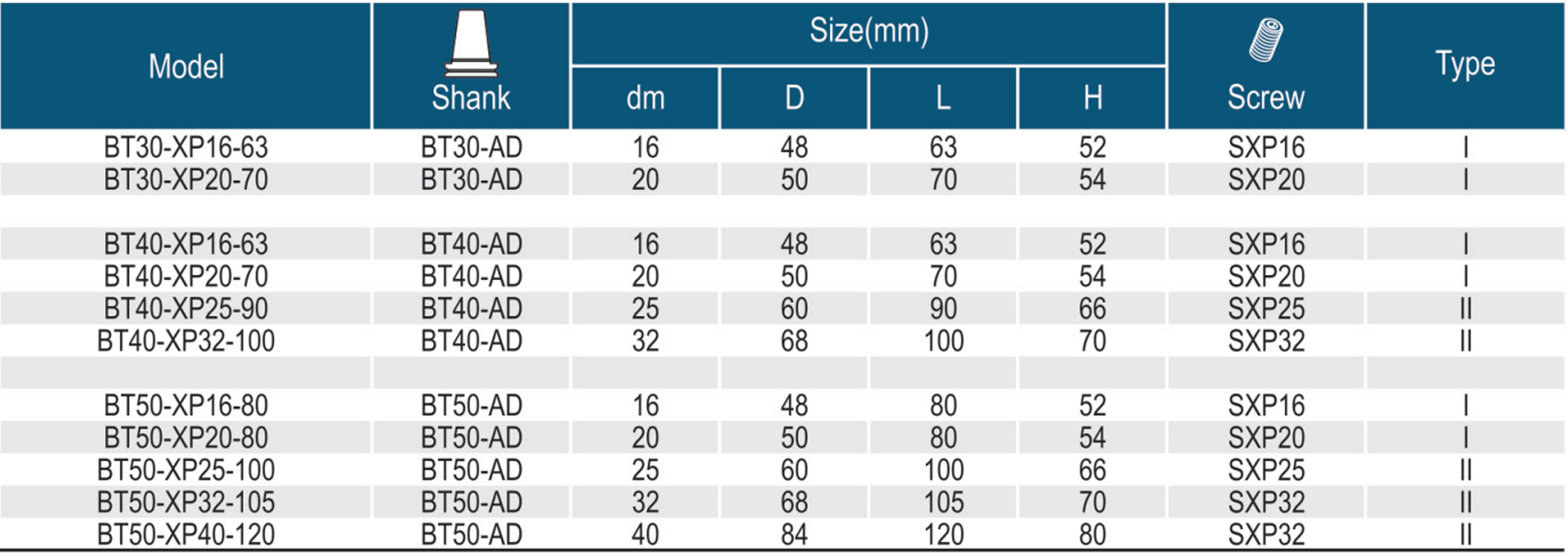The Side Lock Holder is specifically designed for securely clamping tools with a Weldon shank that meets the DIN1835 form B and DIN6355 form HB standards. This clamping system is commonly used in milling and machining operations, where stability and precision are essential. The Weldon shank has a flat section that aligns with a side lock screw on the holder, which provides a firm grip and prevents the tool from rotating or slipping. Compared to other clamping systems, the Side Lock Holder offers a more robust hold, ideal for high-torque applications, especially in rough machining where strong clamping force is required to maintain tool stability under heavy cutting loads.


Usage Instructions
Preparation: Before inserting the side lock holder, make sure the side lock holder shank is free from any oil, dirt, or debris. This is crucial because any contaminants can interfere with the clamping mechanism, reducing its effectiveness and potentially causing slippage during machining.
Tool Insertion: Insert the Weldon shank tool into the side lock holder, aligning the flat section of the shank with the locking screw. Proper alignment is essential to ensure the tool remains stable during use.
Locking Operation: Tighten the locking screw so it presses securely against the flat section of the shank. This ensures that the tool is firmly held in place, preventing any rotation or movement during high-speed machining. Avoid applying excessive force, as this may damage the holder or tool shank.
Final Check: After tightening, perform a final check to confirm that the side lock holder is securely clamped. This step is essential for maintaining accuracy and safety during operation, especially in high-speed or high-torque environments.
Precautions
Ensure Proper Alignment: Always ensure that the flat section on the Weldon shank aligns precisely with the locking screw. Misalignment may result in poor clamping force, leading to tool instability that can compromise machining precision and safety.
Avoid Over-Tightening: While it’s important to secure the tool, avoid over-tightening the locking screw, as excessive force can damage the holder or the tool shank. Tighten only as much as needed to keep the tool from moving.
Regular Inspection: After multiple uses, the side lock holder and its components may wear down. Inspect the holder and locking screw regularly for any signs of wear, cracks, or deformation. Routine maintenance can help avoid accidents and ensure the holder maintains optimal clamping force.
Select Compatible Tools: This type of holder is specifically designed for tools with DIN1835 form B or DIN6355 form HB shanks. Using incompatible tools may result in an unstable fit, affecting the quality of machining and potentially damaging the holder.
Contact: Jason Lee
Email: jason@wayleading.com
Post time: Oct-29-2024




